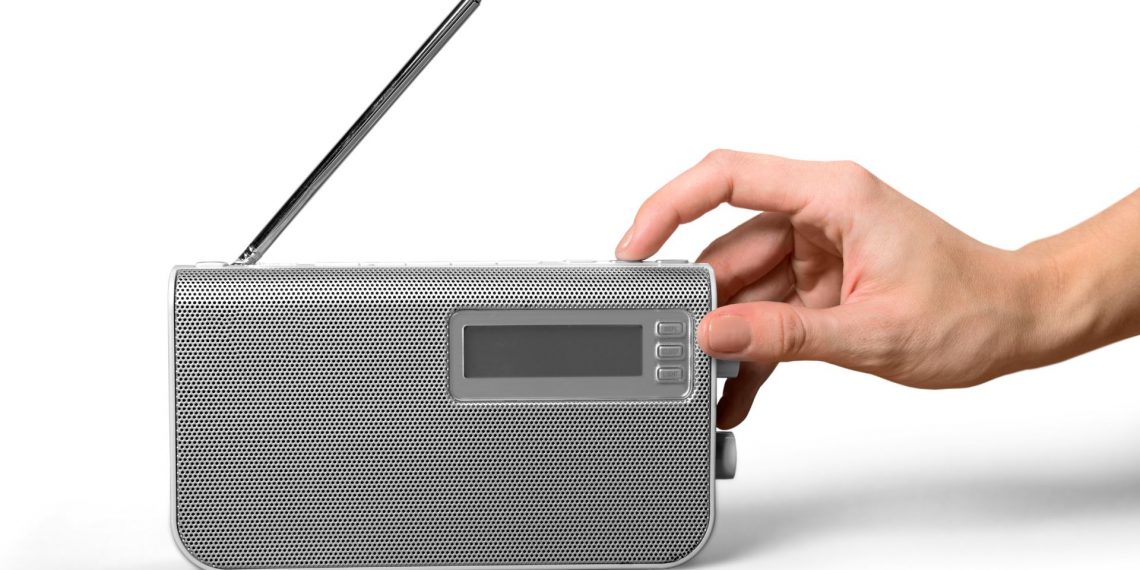Emergency response has come a long way since its inception. Before the invention of two-way radios, emergency communication was often difficult, slow, and unreliable. In this article, we will explore how two-way Bluetooth radios are revolutionizing public safety and changing how first responders communicate in emergencies.
History of Emergency Response Communication
In the early days of emergency response, communication between responders was often done through runners or messengers. A message would be relayed from the scene of an emergency to a central office and then relayed again to the responding team. This method was slow and often unreliable, leading to delays in response time and a lack of coordination between responders.
The invention of telegraphs and telephones revolutionized communication in the early 20th century. Dispatchers were able to relay messages to responders more quickly and accurately, and responders could communicate with each other more effectively. However, these methods were still limited by the availability of physical wires and the distance that could be covered.
It wasn’t until the advent of radio communication that emergency response truly began to change. Radios made it possible for responders to communicate over long distances and in areas without telephone lines. By the 1930s, police and fire departments were using two-way radios to communicate with each other and with central dispatchers.
Communication Today
Today, a bluetooth for two way radio is the latest innovation in emergency response communication. Bluetooth technology allows for wireless communication between devices, eliminating the need for cords and wires. Two-way radios with Bluetooth connectivity make it easier for first responders to communicate with each other in real time, no matter where they are.
One of the biggest advantages of two-way Bluetooth radios is their portability. Responders can carry the radios wherever they go, allowing them to communicate even on foot or in areas without cell service. This makes it easier for responders to stay in contact with each other, coordinate their efforts, and keep everyone informed of the situation at hand.
Another advantage of two-way Bluetooth radios is their ability to integrate with other communication technologies. Many modern radios are equipped with features like GPS, text messaging, and the ability to connect to smartphones and other devices. Because of this, responders can access critical information and coordinate their efforts more effectively.
Safety
Two-way Bluetooth radios are also improving safety for first responders themselves. In dangerous situations, responders can use Bluetooth-enabled radios to keep in contact with each other and stay apprised of any hazards or changes in the situation. This can help reduce the risk of injury or death to responders.
In conclusion, two-way Bluetooth radios are revolutionizing public safety by changing how first responders communicate in emergency situations. By providing faster, more reliable communication that is portable, integrative, and safe, Bluetooth radios are helping to save lives and improve response times. As technology continues to evolve, we expect to see even more innovative solutions to help emergency responders do their jobs more effectively and efficiently.


